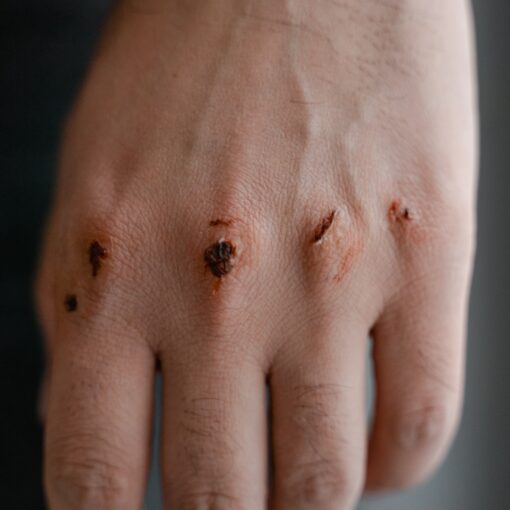One of the most frequent questions I get is about how to schedule future massages. Without knowing your specific issue, response to massage, and level of commitment to self care, it’s a nearly impossible question to answer off the cuff. Since that isn’t the answer you were looking for, here are the considerations that I take into account when I am scheduling a new client.
General Care Needs:
There are several reasons that people seek out massage. While an injury or excessive workout is the most common, some people also use it as a general health improvement. Treating a specific problem usually means more frequent work to take advantage of the different levels of healing. Maintenance care can be much more flexible around someone’s schedule and budget. If massage is your only form of care, however, please remember we’re magicians, not miracle workers. We will need to see you more often if you aren’t willing to take care of yourself.
Self Treatment:
Every client can do some care at home. I teach at least one exercise or stretch to everyone based on their biggest problem. However, even if you are coming in ONCE A WEEK, you are still giving me one hour to fix a problem you have had 167 hours to create. When I say spending five minutes a day can help reduce this problem, that’s a minimum, not a maximum. If you have seen a Physical Therapist or Chiropractor to treat this before, I will ask you if you’ve kept up with your exercises. If you haven’t, expect me to recommend more frequent sessions (since you just proved you can’t be trusted to take care of yourself). If you have, we will review them to make sure they are still treating the problem you have now. If you are massage-drunk after your session (that’s a thing), ask me about purchasing one of my self care guides to use at home.
Body Response:
You can receive therapeutic massage- where deep physical changes are being effected- as much as every 72 hours. For most people, that is simply not possible. However, I still sometimes recommend it for acute flare ups of chronic issues. A single session is usually not enough to relieve this kind of problem for any significant length of time, as there is not only an immediate response happening, there is an underlying habit that actually encourages it. Otherwise, most people can feel the effects of the massage for as much as 10 days, so a week between initial sessions is quite common.
People who have moved into maintenance care are most often working on long term improvements, so less frequent sessions are needed. However, there is still a high degree of variability depending on your stress level, your commitment to self improvement, and your general physical state. Each individual has their own level of resting tension, so while some have fairly relaxed muscles even under stress, others are tense and tight even when on the beach, sipping a margarita. I have yet to meet someone who gets much benefit from a once-or-twice-a-year massage, so if you actually want the massage to make a difference, plan on buying a package you can use for several months. Depending on whether you fall on the Gumby or Brick Wall end of the relaxation spectrum, you should expect a suggested frequency of once or twice a month.
So, bottom line, how often should you get a massage? As my lawyer friends would say “Well, that depends.”





